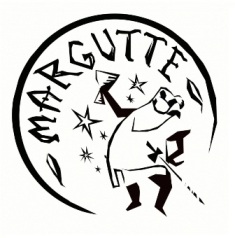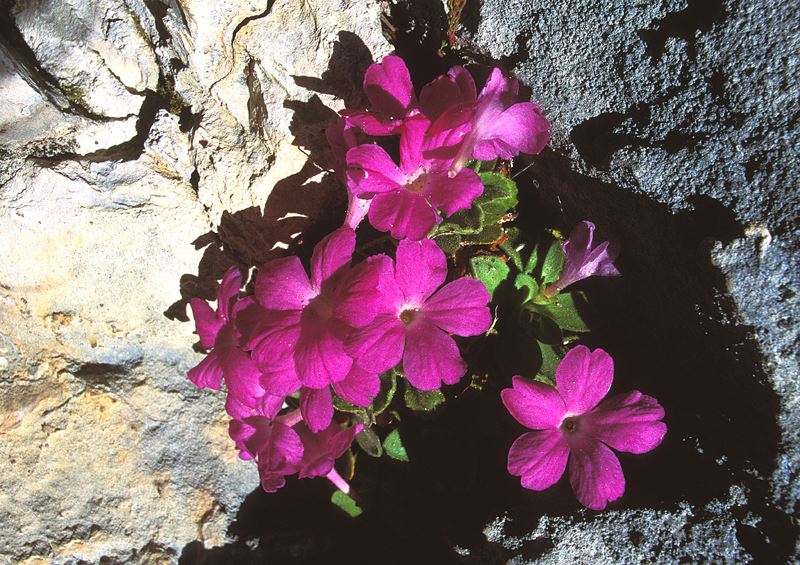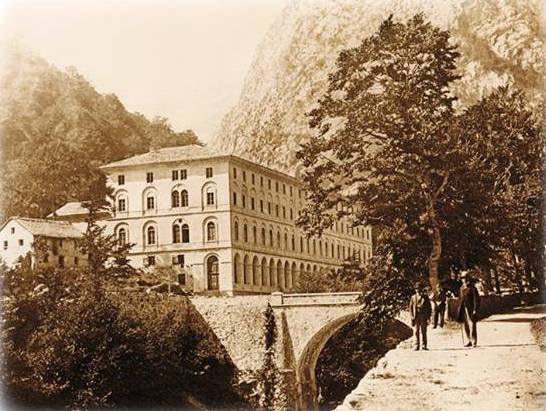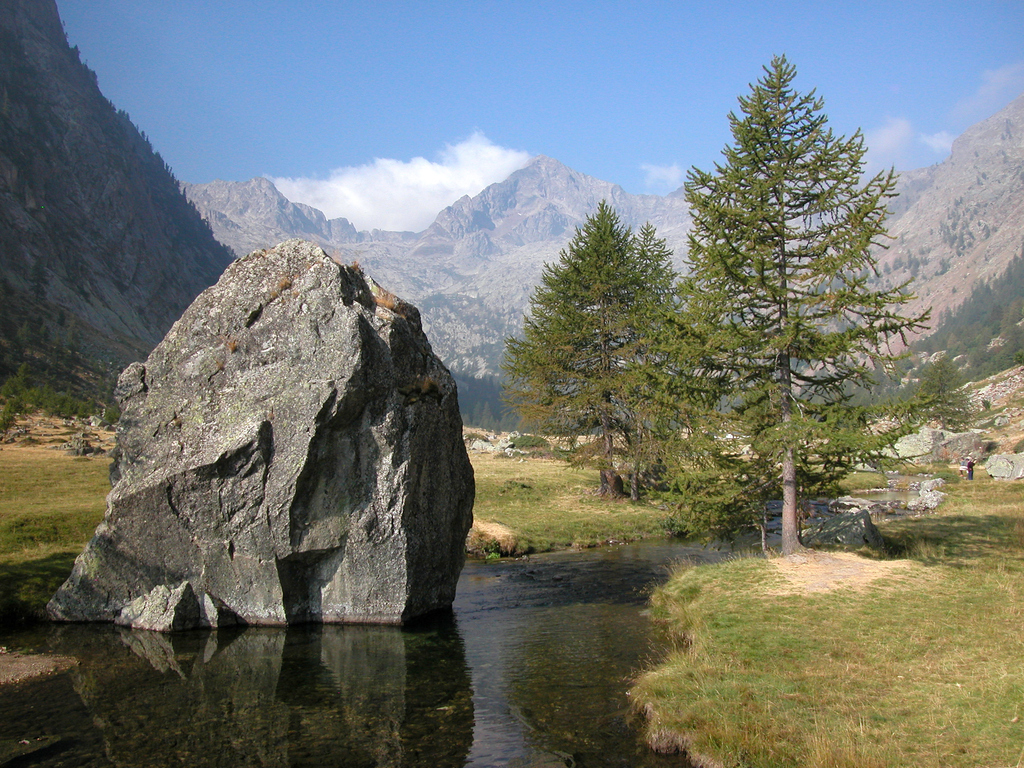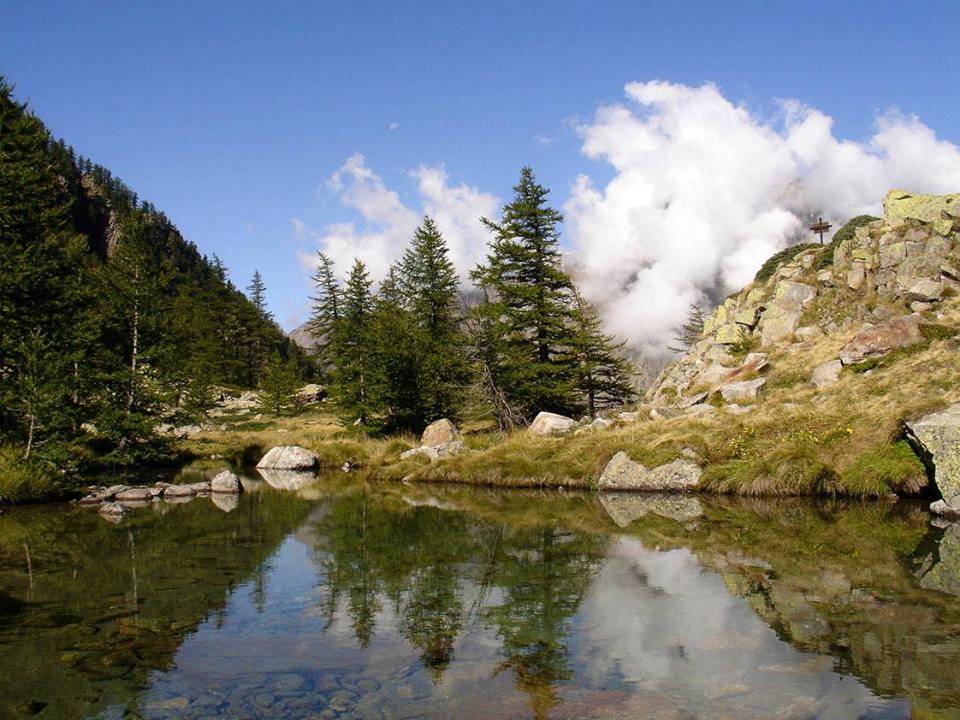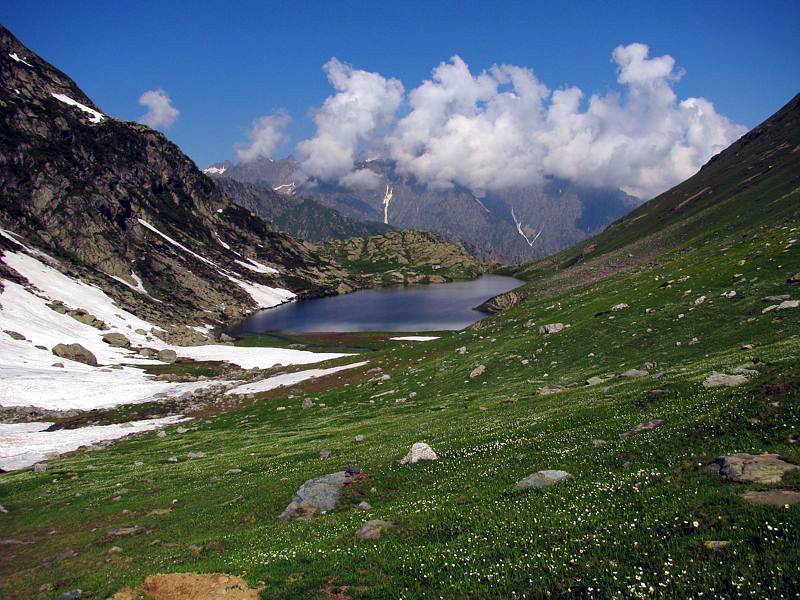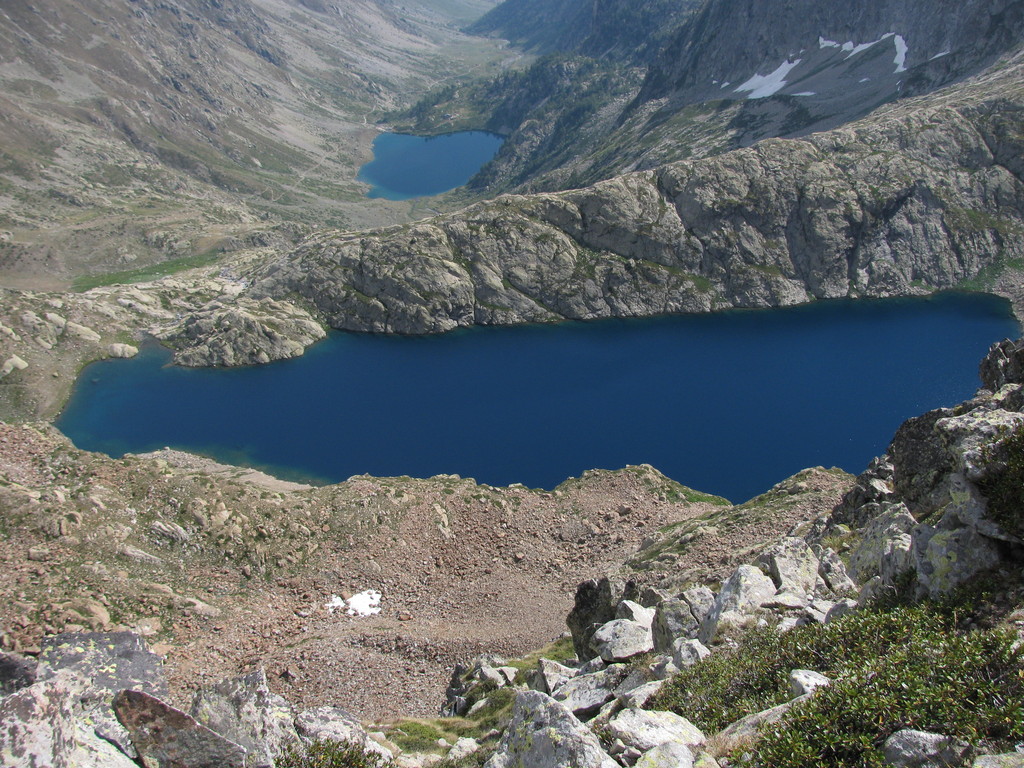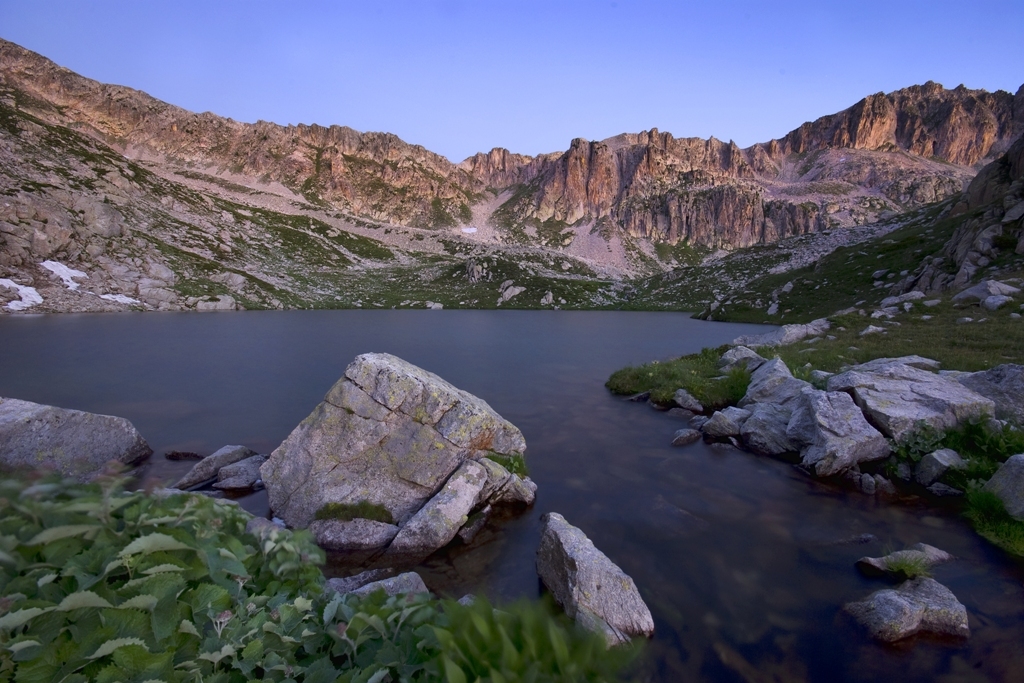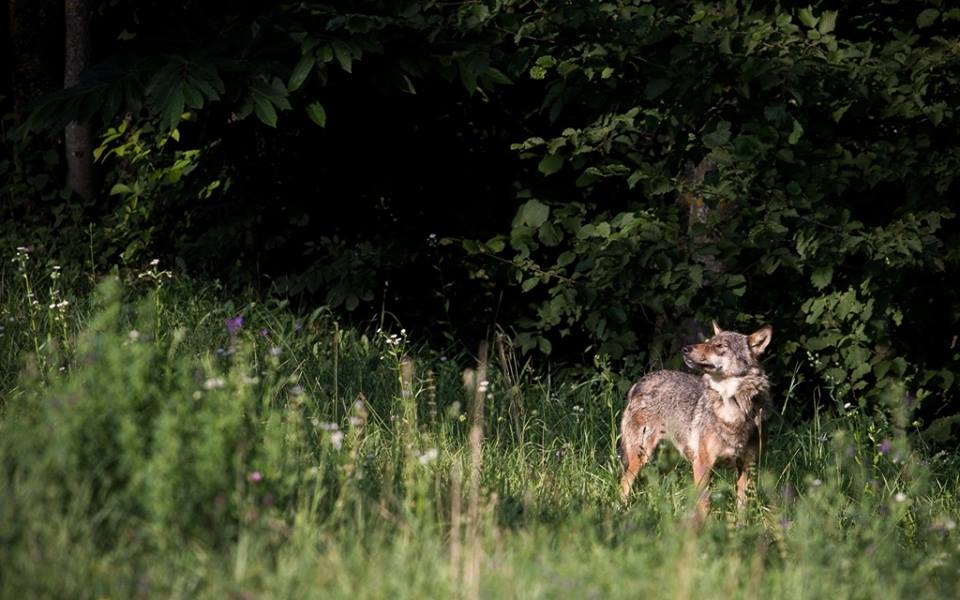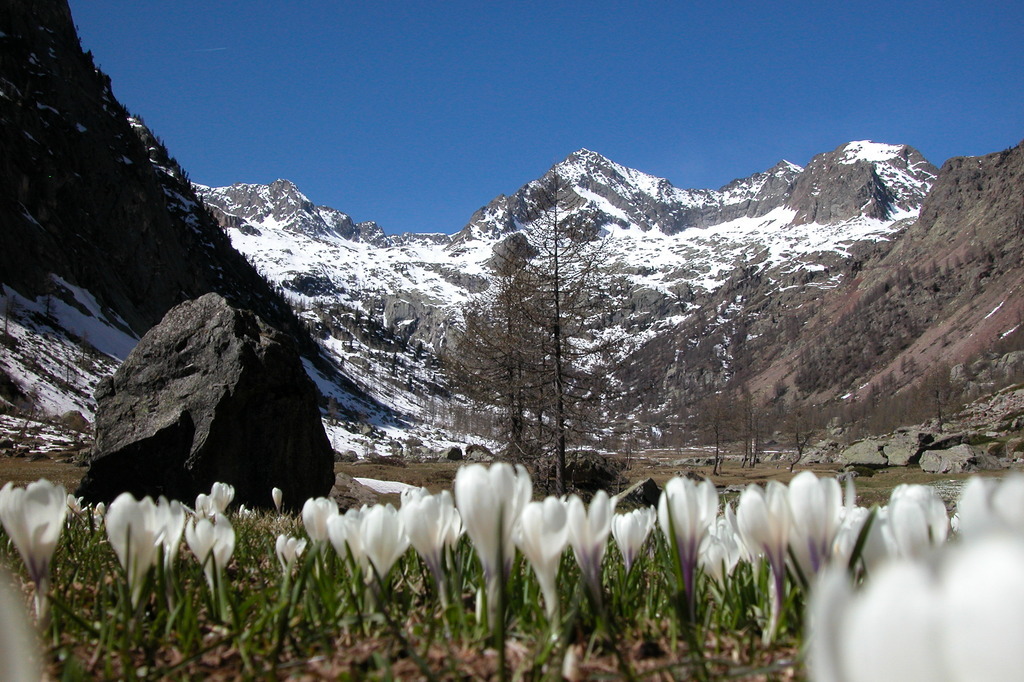ROBERTA FERRARIS
Hidden and surrounded by the Argentera Massif, Gesso Valley was chosen as countryside resort by the House of Savoy who acquired the hunting rights from the Councils of Entracque and Valdieri villages in the middle of 19th century. Wild valleys, game abundance, impervious nature made the territory of the upper Maritime Alps ideal for royal hunting parties. The presence of the Savoy family with its court – and in particular the presence of Queen Elena who loved fishing – brought to the valley a certain prosperity and several economic activities more rewarding than agriculture and animal husbandry. After the 2nd World War, the light of the Savoy family having been shaded, the abundance of water turned the valley into an appealing place for the production of hydroelectric energy. That was the time when high altitude basins, artificial barrages and power plants were built. Among them, we find the biggest Italian hydroelectric plant belonging to Enel (the biggest Italian energy provider) and dedicated to Luigi Einaudi which started up the production in 1982. Today, the main economic resource of the territory is the Natural Park of the Maritime Alps with its wide offer of sustainable tourism routes both in summer and winter times.
Visiting routes
The access point of the valley is Borgo S. Dalmazzo (Lo Borg), with its historic centre surrounded by several buildings of industrial archaeology interest, such as the “Ex stabilimenti Bertello” and Italcementi, the latter undergoing dismantling. Although modern style is predominant in the town, Borgo S. Dalmazzo does not forget its history: in Roman times the town was named Pedona and under the Lombards it became an important abbey centre dedicated to St. Dalmazzo, evangelizer of the valley and martyr of the Theban Legion. The Museo dell’abbazia di S. Dalmazzo di Pedona (Museum of the Abbey of St. Dalmazzo of Pedona), hosted in the church, illustrates the monastic times through interesting medieval finds (8th-12 century).
Along the SP 22 road, at the railway station, you find the Memoriale della deportazione (Memorial to the Martyrs of Deportation) reminding the 329 Jews hold in a concentration camp in Borgo San Dalmazzo and then deported to Auschwitz. The road penetrates further in the narrow valley where there are some limestone and shale clay quarries. These were used for the local cement factory which represented an important source of employment for the valley after the 2nd World War. Near Andonno, in a sunny position on the left side of the valley, you can turn left toward the valley Roaschia (Roascha), an area of naturalistic interest for the presence of several caves, the most remarkable being the Dragonera, with its own spring.
The visiting route continues to Valdieri (Vaudier), the village hosting the administrative offices of the National Park of the Maritime Alps. The village is built in the wide and well-exposed orographic left-hand side of the valley. In the square in front of the Town Hall stands the Lovera house with its frescoed façade dating back to the 18th century. The place has such peculiar microclimate to allow the growth of a Mediterranean variety of Juniper (on the slope of S. Giovanni Rock), which gives the name to the nearby Juniperus Phoenicea Reserve.
Further on, the road branches off: on the right it goes to the narrow Gesso valley named Valletta up to S. Anna di Valdieri. Here, a Savoy property was built between 1865 and 1870 including the King House, the Princess Joanna House, the servant quarters, the stables, the cinema, the ice house and the drawbridge. S. Anna di Valdieri hosts the Ecomuseo della segale (the EcoMuseum of Rye) belonging to the “I Bateur” Inn and dedicated to rye cultivation, a typical alpine cereal. The Museum also includes the «Lo viol du Tàit» trail, a walking path through the hamlets Tetti Bartola and Tetti Bariau, where there are houses with the local rye-thatched roofs.
Further up you arrive to the thermal resort of Terme di Valdieri. The impressive building of the Grand Hotel Royal was built in 1857 on the woody mountainside of Matto Mountain (3097 m). The thermal springs have been known since the 16th century and have been continuously used by local population. Valdieri thermal water belongs to the group of the sulphureous sulphatechloride-sodic hyperthermal (50°-75°C) waters and has a distinctly alkaline pH. The Spa is opened from June to September and offers several type of therapies and wellbeing treatments, and an outdoor swimming pool open to the public. The thermal complex includes two Swiss style chalets wanted by the King Vittorio Emanuele II: the hunting lodge and the “Bela Rosin” house, elegant chalets which have recently been restored.
In summer time, it is possible to visit the Valderia Botanical Garden, currently hosting about 450 species grouped in fourteen different habitats representing the main ecosystems found in Maritime Alps. Terme di Valdieri is the starting point for several hiking paths in the park. One of them winds along an easy mule track to the Royal Hunting House in Pian del Velasco, a broad plateau. The Hunting House has been abandoned for a long time, recently restored it is rented as holiday house. From Pian del Valasco a network of hiking paths provided with signs and alpine refuges branches off.
The visit continues along the stream branch of the valley leading to Entracque, dominated by the Luigi Einaudi hydroelectric power plant. Entracque (Entraigas) stands in a grassy plateau and it is the most popular village for summer tourism. The village includes two hamlets separated by the stream Colletta. The most ancient part is that near Piazza Giustizia e Libertà with a remarkable fountain dating 1565 near the nineteenth-century municipal building. In the mid-nineteenth century the village grew economically thanks to the development of hand-crafted wool manufacturing. At the peak of this economic activity the village hosted up to 50 wool mills.
Continuing further on to S. Giacomo, you border the Piastra lake, which together with the Rovina and Chiotas lakes feeds the Luigi Einaudi power plant, open to visitors at the information point upstream.
Beyond S. Giacomo, along the road, you find another hunting house, today converted into a summer house. The hamlet is the starting point for hiking paths toward the Argentera Massif and the Gelas Peak.
Natural Park of the Maritime Alps
Heritage of the hunting reserve of the Savoy house, the park was created in 1995 merging the Argentera Natural Park (established in 1980) and the the Palanfrè Wood and Lakes Reserve (established in 1979) in Vermenagna Valley. It is the largest park in Piedmont and borders with the French Mercantour National Park. Together, the two Parks form a protected area of great environmental value extending over 100 thousand hectares. The Park offers an exceptional variety of landscapes: the grassy basins at the valley bottom, the rocky peaks of the Argentera Massif, several lakes and streams. It is famous for its botanic richness: 2.600 species have been recognized, almost half of the species living in the entire Italian peninsula, and many endemic species. Wildlife can be easily seen: chamois and ibex, marmots and birds of prey such as golden eagles and the bearded vultures. The park also hosts some wolves to whom is dedicated a Wildlife Centre (Centro Faunistico Uomini e Lupi) in Entracque.
